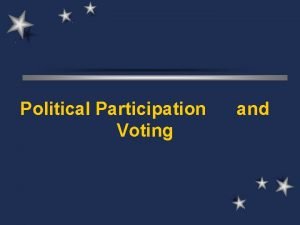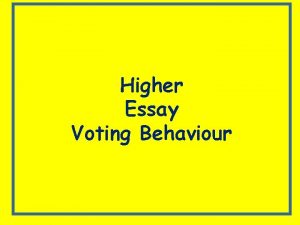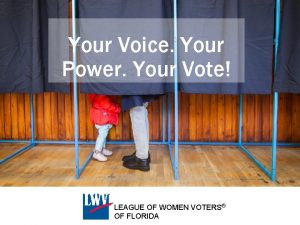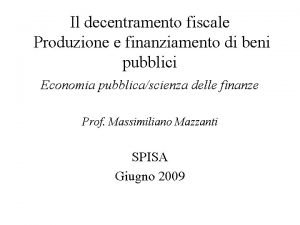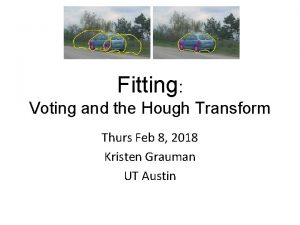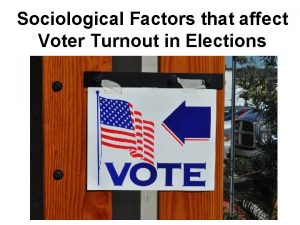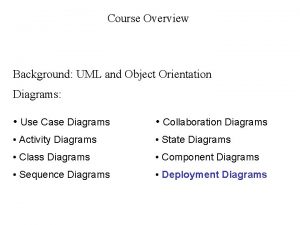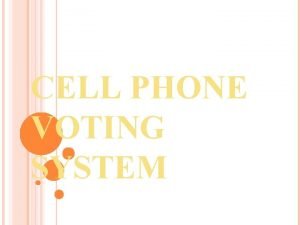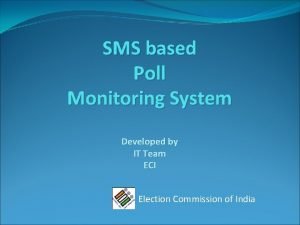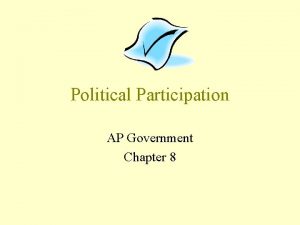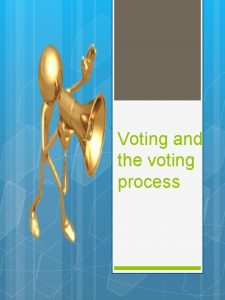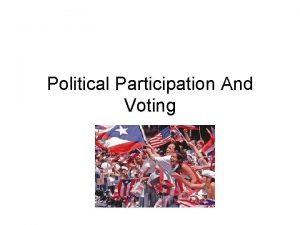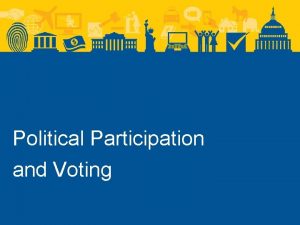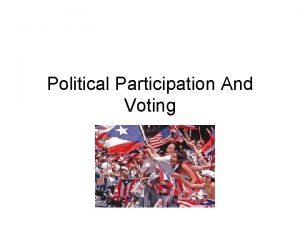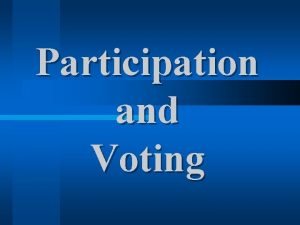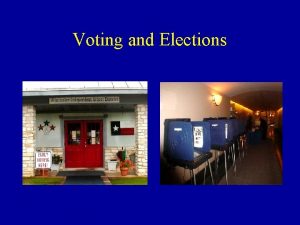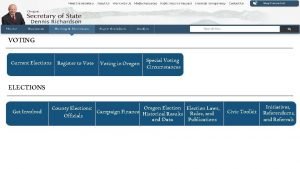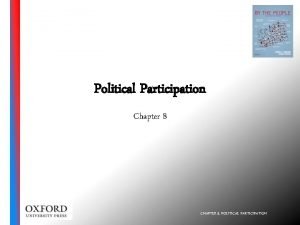Political Participation Voting and Nonvoting Participation in the















- Slides: 15

Political Participation: Voting and Non-voting Participation in the United States

Political Participation n Do Americans participate in government? ¨ What are the trends? ¨ What explains levels of participation in the U. S. ? n How do participation levels of Americans compare with citizens of other nations? ¨ What n can explain the differences? What do those who participate look like? ¨ Demographic n factors and turnout Should Americans participate? Does participation matter?

Political Participation n Two Types of Political Participation: ¨ Conventional n n n n Participation Voting Letter writing Contact with Representatives Working on Campaigns Campaign Contributions Joining Groups (social capital) Running for Office ¨ Unconventional n Participation Boycotts, Sit-ins, Marches, Demonstrations, Violence



Expanding Suffrage Constitutional Amendments: n 15 (1870) = Race n 19 (1920) = Sex n 23 (1961) = Residents of DC can vote for President but not Congress n 24 (1964) = Poll tax n 26 (1971) = 18 years old, changes from 21


Voting Trends Initially, suffrage changes resulted in increased participation n Recently, voter turnout steadily on the decline = the vanishing electorate n High of around 60% in Presidential elections -- 50% in midterm -- even lower in local elections n


Various Explanations for Limited Participation Why Americans Still Don’t Vote n Voter Registration n ¨ Not automatic ¨ Requires foresight ¨ Residency requirements n Mobile Electorate Voting Percentage of Registered Voters rivals the voter turnout in other countries n Motor-Voter Legislation n

Various Explanations for Limited Participation n There are too many elections in the United States ¨ High information costs Election Day (Tuesday, work day) n Voter apathy n People believe they gain few personal benefits to themselves from voting n

Various Explanations for Limited Participation Political parties are weaker n Opportunity costs n Generational Change n ¨ Civic n duty has declined Irrational to vote ¨ Very little chance of affecting the outcome of an election n Weather

Demographic Factors and Voter Turnout Graph 2000 Election Exit Polls n http: //www. cnn. com/ELECTION/2000/epoll s/US/P 000. html n

Increasing Voter Turnout n How could we increase voter turnout? n Should we increase voter turnout?

Three Puzzles About American Turnout ¨ Why is turnout in national elections lower than most other democracies? n Institutional factors Why has turnout in the U. S. declined since 1960? ¨ What caused turnout to go up slightly in 1992? And go back down in 1996? ¨ n n Education levels have been rising Registration has become much easier
 Total participation adalah
Total participation adalah Lester milbrath classification of political participation
Lester milbrath classification of political participation Gladiatorial political participation
Gladiatorial political participation Pros of fptp
Pros of fptp Membership of imf
Membership of imf What factors affect voter behavior
What factors affect voter behavior Voting rights
Voting rights Voting by feet tiebout
Voting by feet tiebout Hough voting
Hough voting A student who lives in minneapolis chooses to spend
A student who lives in minneapolis chooses to spend Sociological factors that affect voting behavior
Sociological factors that affect voting behavior Deployment diagram for online voting system
Deployment diagram for online voting system Deployment diagram for online voting system
Deployment diagram for online voting system Brainpop presidential election
Brainpop presidential election Sms based voting system
Sms based voting system Online voting system project proposal
Online voting system project proposal


